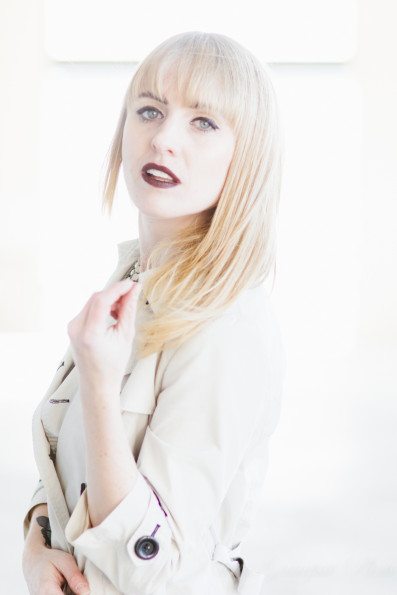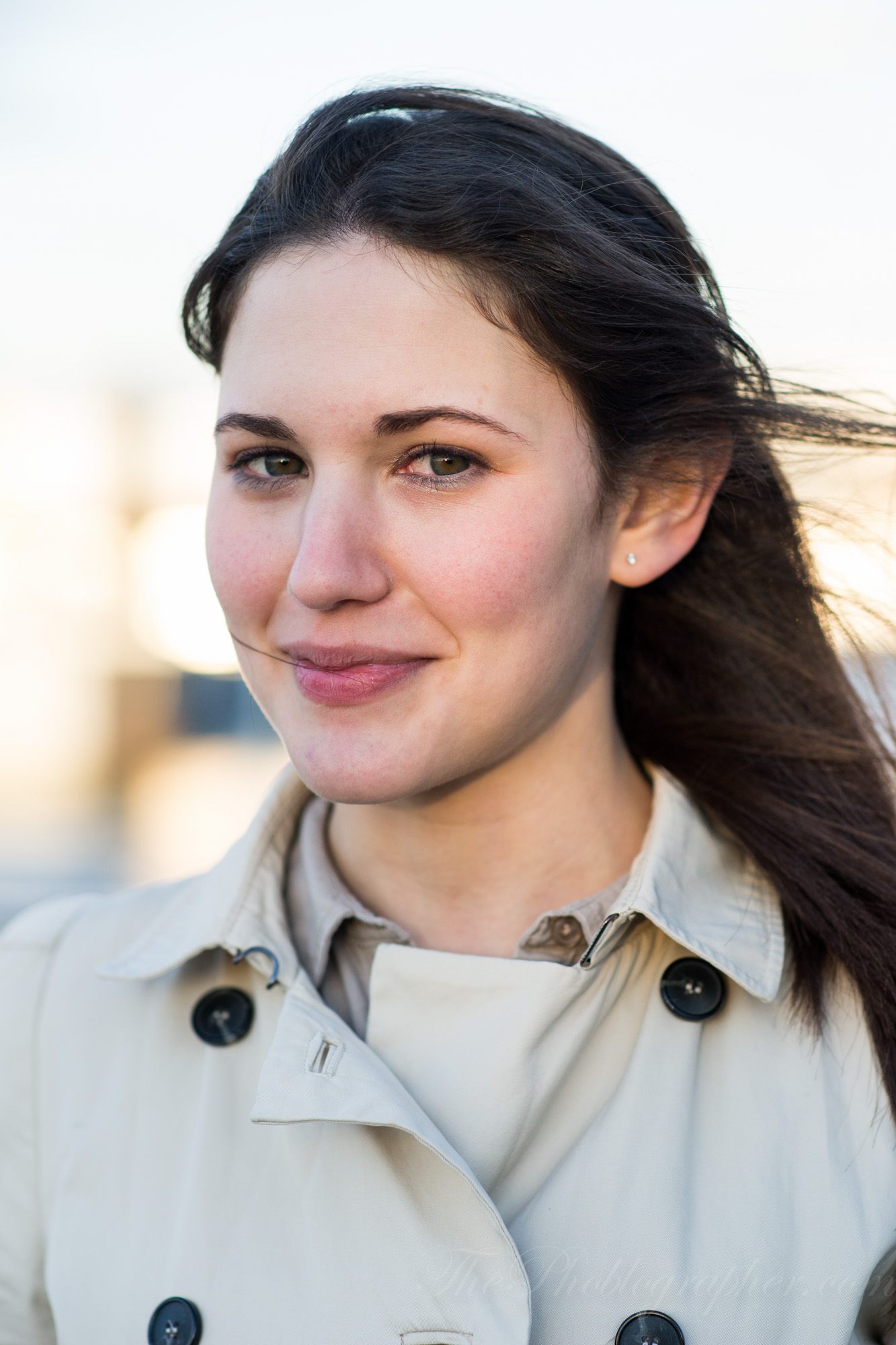You’d be amazed at how many people are very self-conscious about their nose in portraits. Indeed, the way it looks on camera has to do with a number of factors not only including the focal length that you’re shooting at. It has to do with posing, positioning, lighting, and the person’s individual facial and body structure.
Here are some quick tips on working with a nose in portraits.
Everyone Has a Better Side
You’ve probably heard the phrase, “Get my good side.” Yes, indeed everyone actually has one and it’s exceptionally rare for someone to not have a better side. It has to do with a multitude of factors that affect a person.
– What shoulder they wear their bags on
– How they sleep
– Natural parting of hair
These are just a couple of the factors, but in general it’s much more complicated and unique to each person.
So before you even start to work with the face, ask that the person stand straight at you and examine their shoulders. When you figure out which one is the higher shoulder, you can take a careful look at the rest of them and make inferences as to what may look best for them.
Turn The Face Slightly Off Angle

Once you figure out the shoulders and other parts of the body language in the image, it’s time to actually work with the face and position the nose to look its best on camera.
Noses come in different sizes and shapes. Some folks have deviated septums and others have what they like to call “a schnoz.” Start off by placing a finger in front of your subject and asking them to follow your finger with their nose by turning their head. Then observe how it looks and determine whether it will deliver a flattering image or not based on your focal length.
It’s best to position the nose slightly angled against the skin of the cheek in order for it to appear more flattering. But in addition to that, also take note of the shadows in your scene. A harsh shadow on the nose can make it look larger than it really is.
Bring the Chin Out
Bringing the chin out is just an extra step and doesn’t always need to be done with every subject. Thinner subjects don’t often need to bring the chin out, where as larger subjects may need it to deliver a more flattering image. Still though, just expect that you’ll have to do this with most subjects.
Reposition the Nose Against the Skin of the Cheek
Because of the shift in the chin, the nose is bound to not be in the most flattering spot, so go back to adjusting the nose but make it quick because it can make your subject very uncomfortable to hold a specific pose for a while.
If you have to do this, then make sure that you go back to adjusting the nose.


